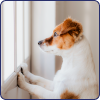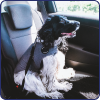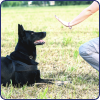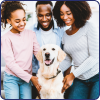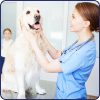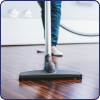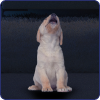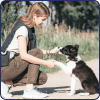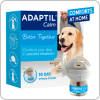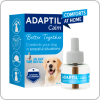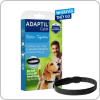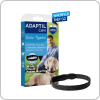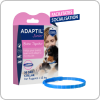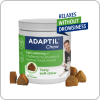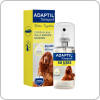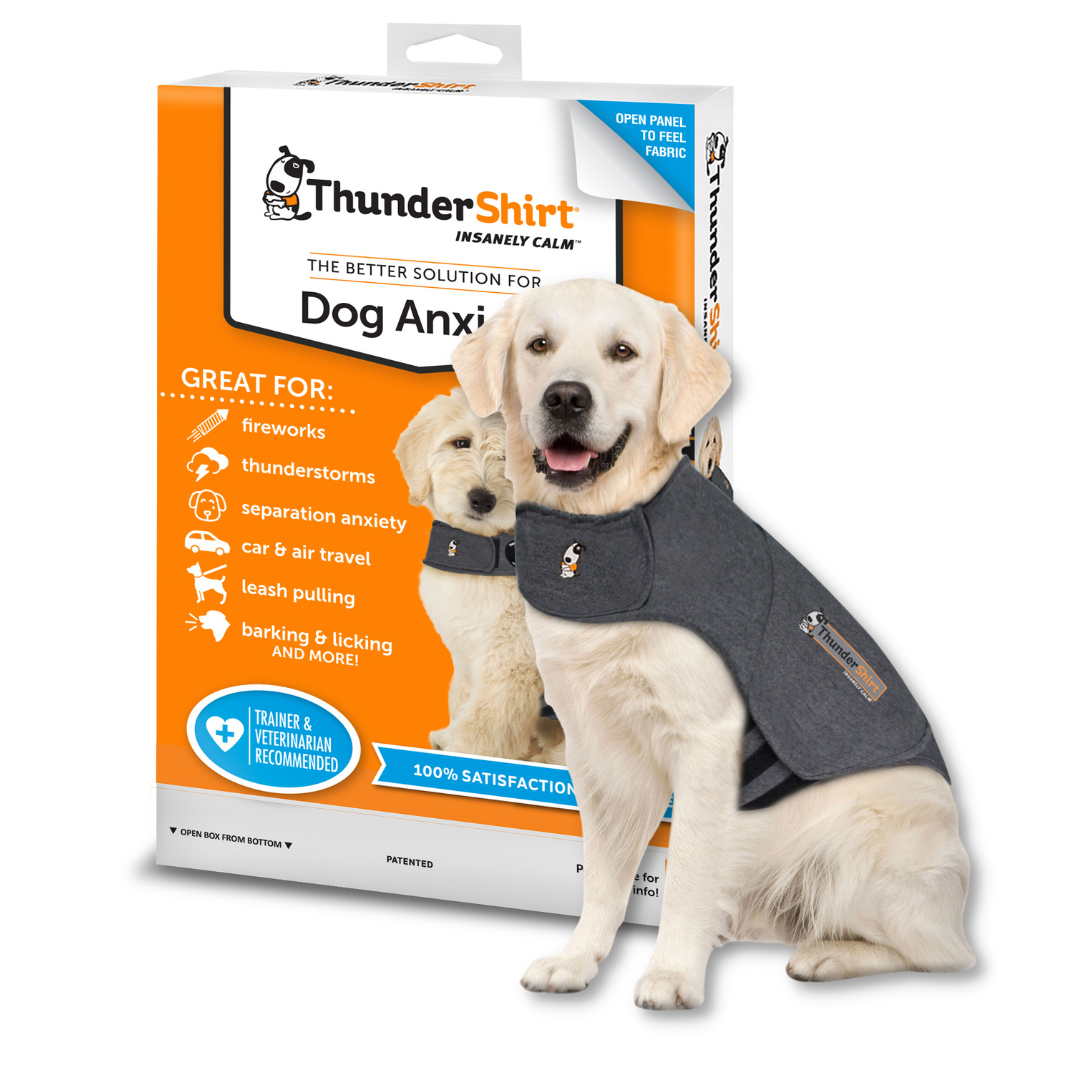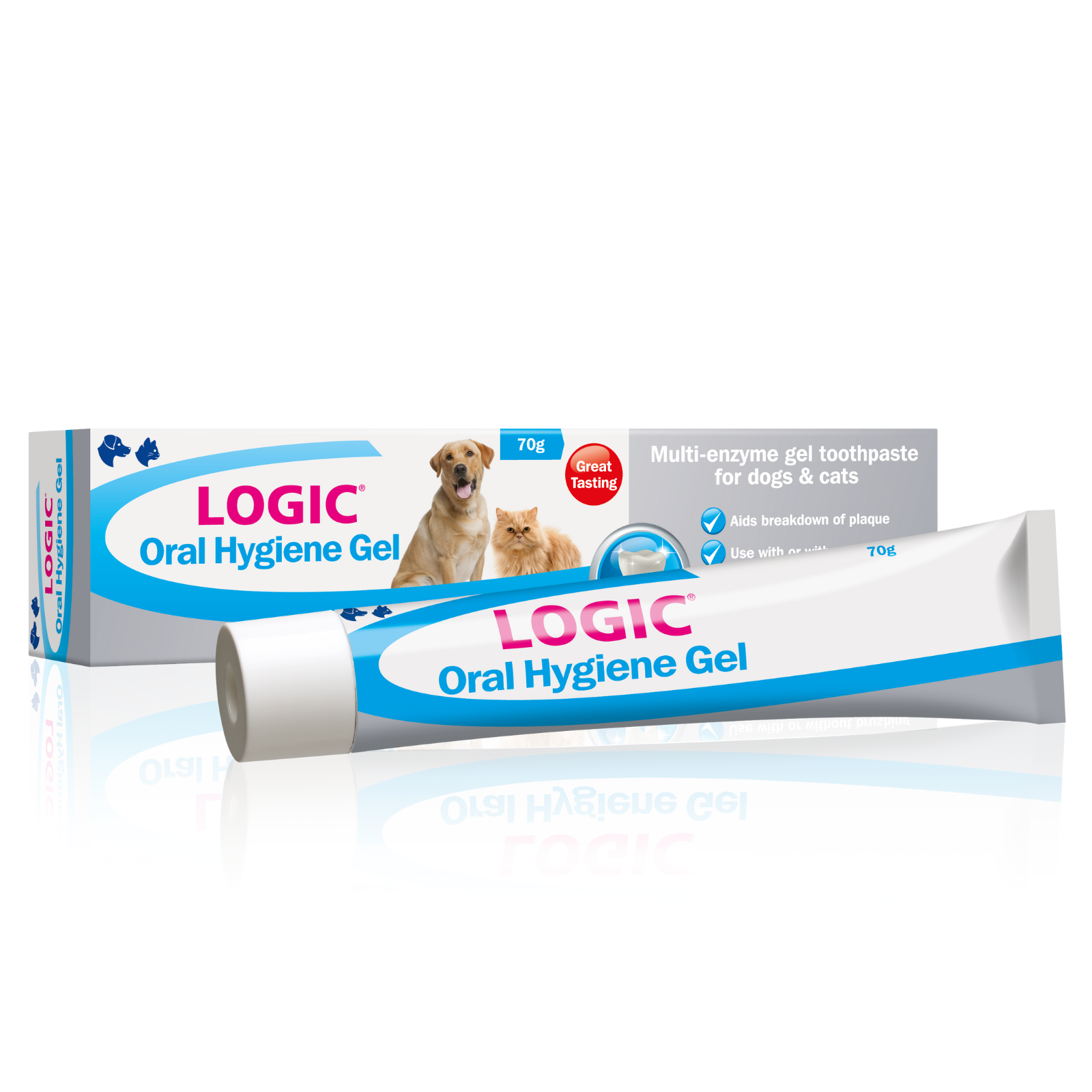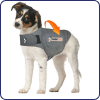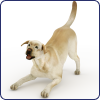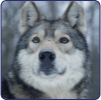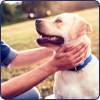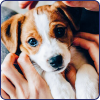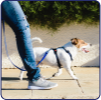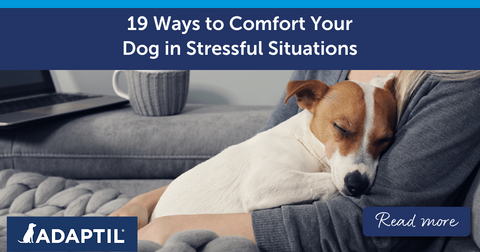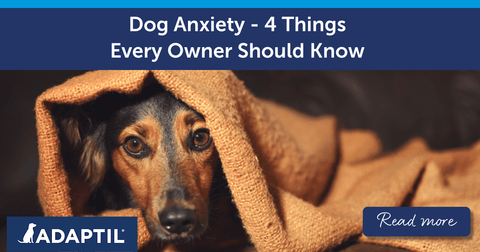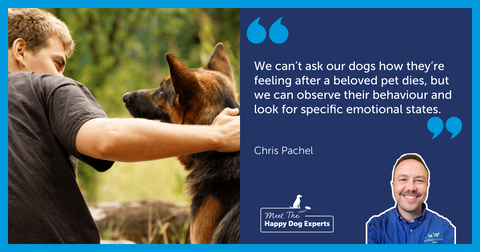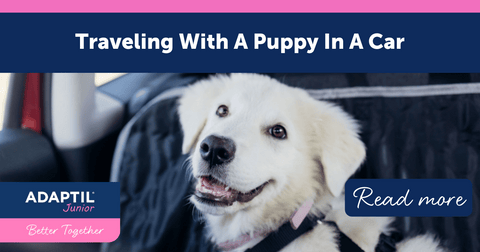Want to subscribe to our blog?

Is My Dog Nervous or Anxious?
Written by ADAPTIL Expert, published on April 18, 2023
Do you always know how your dog is feeling? While a wagging tail, upright ears and playful body language are clear indicators of a happy pooch, it can be tricky to identify other, more subtle doggy feelings.
But with a little practice, you can learn how to recognise your pooch's body language, mood and emotions. This is especially important if you think your dog is stressed or unhappy, but can be hard as some traits may also be a sign of a happier emotions.
So what signs should you look for if you think your dog may be nervous or anxious?
4 Signs That Your Dog Is Nervous or Anxious
1. Staring, Wide Eyes
They say that the eyes are the windows to the soul! In the case of our pooches, a quick look at their eyes alone can tell you everything you need to know about how they're feeling.
An intense and direct stare (often with no blinking), or quick, excessive eye movements (often with lots of blinking!) can be signs that your pet is concerned. Other signs include your dog trying to look away, or showing the whites of their eyes more clearly than usual (also known as 'whale eye').
These are all early signs that your dog is nervous or uncomfortable - so should try and address the source of their discomfort before they feel any worse, or react in a stronger way.
2. Ears Angled Backwards
What do your dog's ears look like? If your pet has upright, alert ears this could be a sign that they are listening out for trouble - forward ears are often a happier signal, showing that your pet is curious or interested. However, if ears are angled backwards or almost flat to their head, this is a sign that they are feeling worried, scared - or aggressive. For many dogs, their ears are a very clear body language indicator, though if your dog breed has floppy ears, these signs may be harder to distinguish.
3. Drooling, Vocalising or Pulled-Back Lips
Sometimes the best way to show how we feel is to say it! For your dog, vocal signs like growling, whining, whimpering or barking are all ways to say 'I'm not happy!' If your dog is quiet, take a look at their mouth. Excessive drooling and panting, or a closed mouth with curled, shaking or pulled back lips are also signs of anxiety; in this case be aware that your pet may be preparing to growl or bite!
4. Trembling, Cowering, Hiding or 'Frozen' Body Language
What does your pet's posture look like? Are they shaking or trembling? Is their tail tucked down between their legs - or are they trying to hide away?
There are lots of body language signals to watch for that show your pet is nervous or anxious. Hyperactive behaviour, and hiding or trying to escape, are common responses to fear or anxiety - your dog may disappear behind furniture, cower in a corner, or vanish under blankets for safety.
Or, your dog may also seem to be frozen in one place; they may be looking away, or have one paw lifted as though they are going to run - yet can't seem to get away! But, as mentioned above, this stance can also mean a happy emotion and that they are on the 'alert', for example if they are waiting for a ball to be thrown, or they see another dog that they would like to play with.
Get to know your unique pooch!
When you are familiar with your dog, it's easy to tell when they are not feeling themselves! So get to know your pooch; watch how they look and act when they feel happy and relaxed, so you can recognise their particular stress and anxiety indicators. Not all dogs will show the same signals when they feel nervous, so try to identify how your pooch responds to nervousness or uncertainty.
Remember, these signals may not always mean 'I'm nervous!'. It's important to consider the wider context of how your dog is acting and the situation they are in, to understand how they feel.
Prevent Your Dog From Becoming Stressed
Being able to recognise exactly when your dog is nervous or stressed, will enable you to calm them, remove them from the situation when possible, and prevent their fear from escalating.
For some particularly nervous dogs, training may help them to manage their fear, and prevent them from associating certain situations or objects with anxiety.
Using ADAPTIL Calm Home Diffuser can also help to calm, relax and reassure your dog; particularly in situations that are often stressful, such as around fireworks, visitors, or when your pet is home alone. With a little help and understanding, you'll soon be able to recognise how your pooch feels, and create the right calm and comforting environment for them!
Following our expert tips will help to ensure your bond with your dog goes from strength to strength.
Make sure to join our community for weekly advice from our dog behaviour experts as well as product offers and competitions.
 Related Posts
Related Posts
Legal notice The information collected is intended for Ceva Santé Animale and the group in order to manage your requests. This information can be shared with service providers in order to organize their management. In accordance with the General Data Protection Regulations, you have the right to access, rectify and limit the processing of your data. You can also, in certain cases, object to the processing, withdraw your consent and request the deletion and portability of your data. For any request in relation to your personal data, please visit this page.

